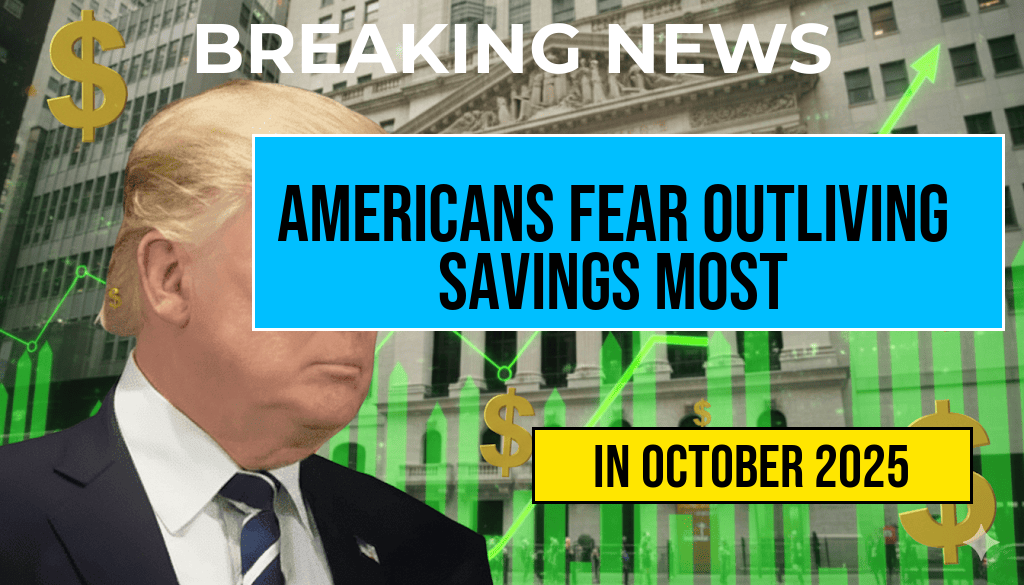Recent policy proposals aimed at addressing economic inequality and funding federal initiatives could unintentionally impose significant financial burdens on the American middle class. Economists warn that if enacted as currently proposed, these measures might reduce the average household income by approximately $1,300 in 2027. This potential dip raises concerns about the viability of the plans amid ongoing debates over fiscal responsibility and social welfare. As policymakers grapple with balancing revenue generation and economic growth, middle-income families—those earning between $50,000 and $100,000 annually—stand at the crossroads of these fiscal shifts, potentially facing diminished purchasing power and increased financial stress over the next few years.
Understanding the Proposed Policies and Their Context
The Rationale Behind the Policy Changes
Several proposed legislative initiatives seek to fund infrastructure, healthcare, and climate programs through new taxes or reforming existing ones. These include increasing corporate tax rates, implementing wealth taxes on high-net-worth individuals, and closing loopholes exploited by multinational corporations. Advocates argue these measures are essential for reducing the national deficit and promoting equitable economic growth. However, critics contend that increased taxation could be passed down to consumers and small businesses, affecting household incomes, especially for middle-class families.
Projected Economic Impact on Middle-Income Households
| Income Bracket | Current Average Income | Projected Reduction | Estimated Post-Policy Income |
|---|---|---|---|
| $50,000–$75,000 | $62,500 | $1,300 | $61,200 |
| $75,001–$100,000 | $87,500 | $1,300 | $86,200 |
These estimates, based on economic modeling by analysts at the Economics Help website, suggest that middle-income families could see their annual disposable income decrease by over $100 per month. While seemingly modest on an individual basis, such reductions can accumulate, impacting housing affordability, savings, and discretionary spending.
Mechanisms Driving Income Decline
Tax Policy Adjustments
One of the main drivers behind the projected decline is the proposed increase in corporate taxes from 21% to 28%. While intended to boost government revenue, this change could lead corporations to pass higher costs onto consumers through increased prices on goods and services. Additionally, the planned wealth tax on assets exceeding $50 million could reduce the net worth of high-net-worth individuals, potentially curbing investment and job creation, indirectly affecting middle-class employment and wages.
Potential Effects on Consumer Prices and Employment
Analysts warn that increased corporate taxes may lead to inflationary pressures, eroding the purchasing power of middle-income households. Smaller businesses, which constitute a significant portion of the economy, might also face higher compliance costs, leading to reduced hiring or wage stagnation. The combined effect could diminish income growth prospects for middle-class workers, compounding the financial squeeze.
Broader Economic Considerations
Balancing Fiscal Responsibility and Economic Growth
While funding vital programs remains a priority for policymakers, the challenge lies in designing policies that do not inadvertently hinder economic stability. Economists from the Wikipedia entry on economics emphasize that tax policies should aim for a balance that encourages investment without overburdening middle-income earners. Striking this balance is crucial to prevent unintended reductions in disposable income and consumption.
Potential Long-Term Outcomes
If the projected income reductions materialize, middle-class households could experience a shift in consumption patterns, with decreased expenditures on housing, education, and healthcare. This slowdown in consumer spending may ripple through the economy, affecting overall growth and job creation. Conversely, proponents of the policies argue that increased federal revenue can be reinvested into programs that benefit middle-class families in the long run.
Expert Perspectives and Policy Alternatives
Economic Analysts’ Views
- Dr. Lisa Carter, an economist at the Forbes, emphasizes that “the timing and structure of tax reforms will be critical in determining their impact on middle-income families.”
- Michael Green, a policy analyst at the Brookings Institution, suggests that targeted tax credits and deductions could mitigate income losses while still achieving fiscal goals.
Alternative Approaches
Some experts recommend implementing more progressive tax reforms that focus on closing loopholes for corporations and the ultra-wealthy without increasing rates across the board. Additionally, expanding direct support programs for middle-income families, such as childcare subsidies or education grants, might offset potential income reductions and sustain consumer confidence.
Public Response and Political Debate
The proposed policies have ignited a heated debate across political lines. Supporters argue that these measures are necessary to fund critical infrastructure and social programs, fostering long-term economic stability. Opponents warn that the policies could slow economic growth and disproportionately impact middle-class households. As Congress considers revisions, the actual impact on household income will depend heavily on legislative details and implementation strategies.
For middle-income Americans, the discussion underscores the importance of understanding how federal policy changes can ripple down to everyday financial realities. Monitoring legislative developments and advocating for balanced reforms may prove vital in safeguarding household financial health in the years ahead.
Frequently Asked Questions
What is the main focus of the article “Middle Class Under Pressure: Proposed Policies Could Reduce Average Income by $1,300 in 2027”?
This article discusses how proposed policies are expected to impact the middle class, potentially leading to a reduction in average income by approximately $1,300 in the year 2027.
How might the proposed policies affect the income of middle-class families?
The proposed policies are projected to decrease the average income of middle-class families by around $1,300 in 2027, putting increased financial pressure on these households.
Which specific policies are leading to concerns about income reduction?
The article highlights policies related to tax reforms, social welfare adjustments, and regulatory changes that could negatively impact middle-income earners and their financial stability.
What are the potential long-term implications for the middle class if these policies are implemented?
If these policies are adopted, the middle class could face shrinking incomes, reduced purchasing power, and increased economic insecurity over the coming years, potentially affecting overall economic growth.
Are there any suggested measures to mitigate the negative effects on middle-income earners?
The article suggests that policy adjustments focused on tax relief, social support programs, and economic reforms could help counteract the predicted income decline and support middle-class stability.










